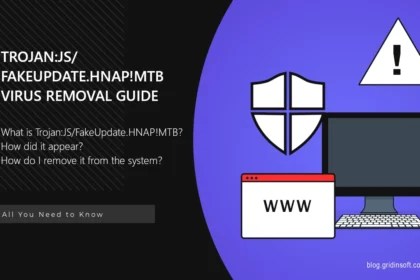Contacto Ransomware
Contacto virus is a newly identified ransomware strain that encrypts victims’ files…
Trojan:JS/FakeUpdate.HNAP!MTB
Trojan:JS/FakeUpdate.HNAP!MTB is a detection of Microsoft Defender that flags a malicious program…
Is Softonic Safe?
Softonic is a popular website that offers various software for downloading, in…
Common Types of Cyber Attacks
Cyber attack technologies have grown increasingly sophisticated, targeting any website where vulnerabilities…
Audiodg.exe
Audiodg.exe is a Windows process responsible for the correct audio operations in…
AI Deepnude Websites – Are they Safe & Trustworthy?
The development of generative AI that is capable of creating images gave…
25 Chrome Extensions Compromised, Exposing 2M+ Users
A targeted attack on Chrome extensions publishers compromised the add-ons uploaded to…
Apache Traffic Control Critical SQLi Vulnerability Fixed
Apache Traffic Control platform got a critical security patch that addresses a…
AlienWare Ransomware
AlienWare is a type of ransomware designed to lock your files and…
Lockbit 4.0 Released, With New Infrastructure and Features
Lockbit ransomware group steps up with a new version of its malicious…
LockBit Ransomware Developer Arrested and Extradicted in Israel
US authorities have detained a developer associated with the LockBit group, one…
Novalock Ransomware
Novalock is a sophisticated form of malware designed to encrypt your files…













